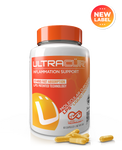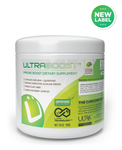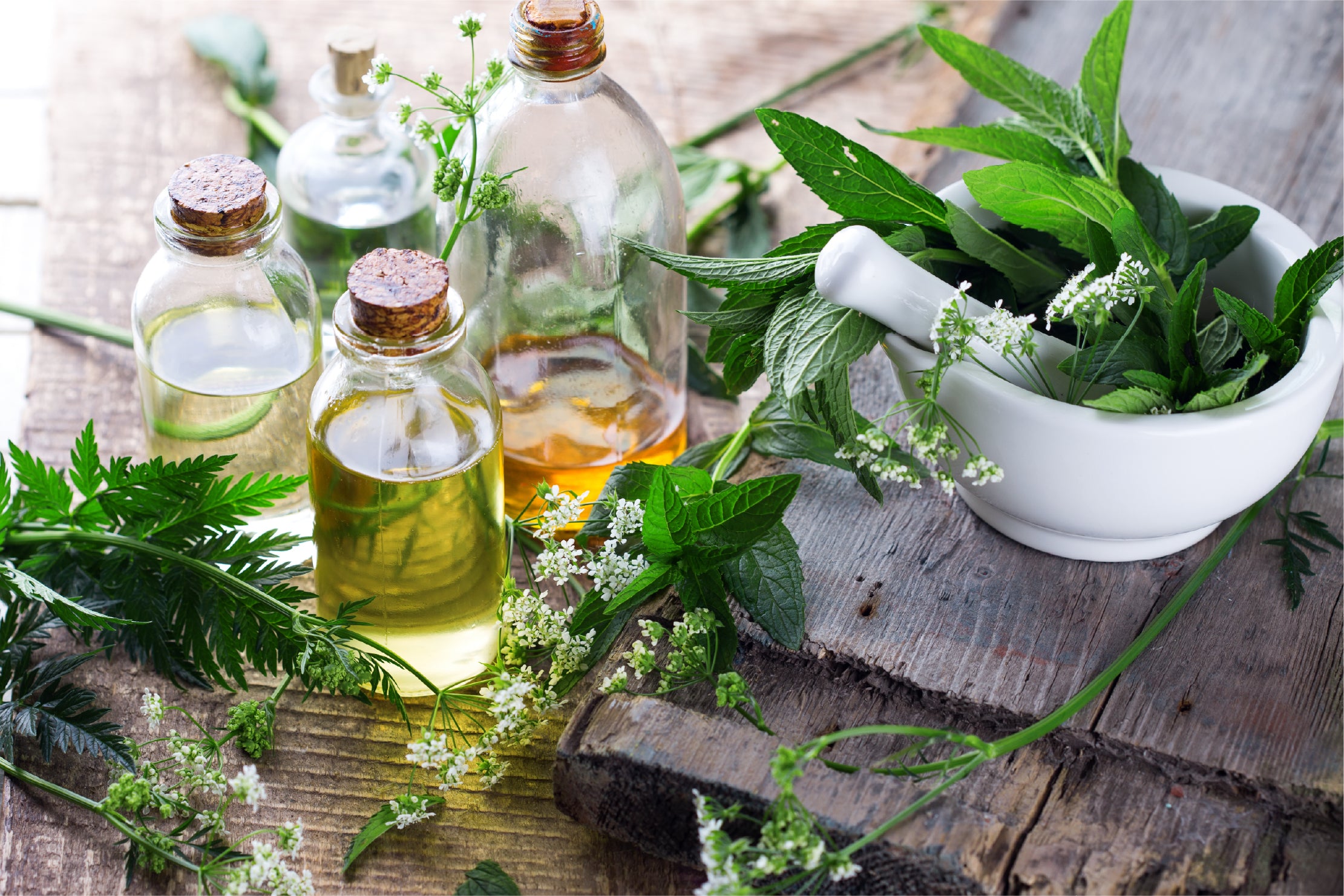Two thousand years ago, it was carried on camels across several hundred to several thousand miles (we don’t know for sure which) to honor Jesus at his birth.
What was so special about frankincense that made it a worthy gift to a king?
The Magi were scholars in Persia who were particularly interested in astronomy, as well as alchemy, a science related to chemistry. They studied ancient writings, believed that an “Anointed One” would arrive, and were ready and alert for the sign of a star to guide them according to the writings.
The people in the culture of that day who visited a king would never dream of doing so without bringing worthy gifts of tribute.
So why frankincense?
Frankincense is a fragrant resin that come from the Boswellia tree found in what’s now Arabia. The frankincense resin already had a long history of temple use as a base for incense when it was chosen by the Wise Men to give to Jesus.
Frankincense was a valuable item due to its perfume and its association with the temple. So it made sense that it was a chosen gift to show honor to the “Anointed One.”
Essential oils are the “blood” of the herb
Essential oils are the “blood” of a flower or herb. They’re powerful, volatile aromatic concentrates with unique healing properties.
Frankincense is a hard, resinous material made from the sap of the Boswellia tree. Boswellia is native to the mountainous regions of India, North Africa, and the Middle East.
Much like maple trees can be tapped to make maple syrup, when you make an incision in the trunk of the Boswellia tree, the oily gum-resin leaks out and is used to make Frankincense.
After the sap is collected, Frankincense is made by removing the oil and solidifying the remaining resin.
The name frankincense comes from the old French “franc encens” – which means high-quality incense. It can be burned for aroma, ingested, and used topically.

Compounds Contained in Boswellia Serrata
Frankincense is also called Boswellia, and its gum resin preparations have been used as a remedy in Ayurvedic medicine for thousands of years.
Frankincense has a reputation as an anti-inflammatory, an immune-boosting agent, a digestive aid, a potent anti-pathogenic, and more.
Resins of Boswellia serrata contains numerous compounds:
- Diperpenoids. Incensole and its acetate show anti-inflammatory and anti-depression activity because of its ability to activate the brain’s ion channels to reduce anxiety or depression. These two 14-membered diterpenoids are mainly found in the genus Boswellia.[1]
- Monoterpenes
- Triterpenes that are anti-inflammatory
- Tetracyclic triterpenic acids
- 4 pentacyclic triterpenic acids: β-boswellic acid, acetyl-β-boswellic acid, 11-keto-β boswellic acid, and acetyl-11-keto-β-acid. Of these, acetyl-11-keto-β-acid is the most potent inhibitor of inflammatory enzymes.
Some scientific studies use extracts from the Boswellia serrata resin, others use essential oils, and others use extracts from the leaves of the tree.

Recent Findings Against Chronic Disease
The pentacyclic triterpene molecules from the gum resin of Boswellia serrata and Boswellia carteri have proven efficacy against various chronic diseases such as arthritis, diabetes, asthma, cancer, IBD (inflammatory bowel disease), Parkinson’s disease, Alzheimer’s and more.
Molecular targets contributing to this wide range of biological activities include transcription factors, kinases, enzymes, receptors, growth factors, and more.[2]
Besides its potent cancer cell killing properties, frankincense acts as a potent anti-inflammatory and immune system boost that may affect conditions not already studied.
For example, 11-keto-β boswellic acids prevented both type 1 and type 2 diabetes by suppressing proinflammatory cytokines.

Key Studies on Frankincense and Cancer
1. Patients with pancreatic cancer have less than a 5% chance of surviving more than 5 years. That motivated researchers from Shanghai, China to study how to produce the most potent remedy possible from Boswellia gum resin and see what effect frankincense essential oil had on cultured human pancreatic cancer cells.
Both frankincense resin and essential oil were capable of inducing apoptosis of cultured human pancreatic cells.[3]
2. An alcohol extract of the gum resin from Boswellia thurifera was used on cultured human breast cancer cells to test its p53 gene expression. Faulty p53 gene expression is thought to allow abnormal cells to proliferate, resulting in cancer. Results? The extract altered p53 gene expression “significantly more in treated cancer cells than untreated cells.” The gum extract also induced “toxicity in the cultured breast cancer cell line.”[4]
3. A 2013 study used a gum resin extract from Boswellia serrata and encapsulated it in a lipid layer as a way to enhance its anti-cancer effects. The lipid layer makes it more readily absorbed and transported inside cells, since they also have lipid outside layers.
Frankincense extract with lipids “showed significantly higher cytotoxic/antitumor potential” than that without a lipid layer. In both laboratory and human studies, the lipid-encapsulated frankincense extract was 40-60% more toxic to cancer cells.[5]
4. Frankincense was tested (along with sandalwood) to see if it could induce cell death of cultured human bladder cancer cells. Study authors said that the frankincense essential oils killed cancer cells by unleashing a storm of free radicals inside the cancer cells… without harming healthy cells. (Sandalwood also killed cancer cells, although in a totally different way.)[6]
5. A study using an extract from leaves of the Boswellia ovalifoliolata tried to determine if it could destroy the difficult-to-treat Triple Negative Breast Cancer cells. They found that the leaf extract was toxic to cancer cells, as well as weakening cancer cells to make chemo more effective.[7]
6. Scientists treated three types of cultured human breast cancer cells with frankincense essential oil. The frankincense essential oil was toxic to all three breast cancer cells lines. Researchers even suggested “it may be effective for advanced breast cancer.”[8]
7. Another study with a gum resin extract from Boswellia serrata on mice with colorectal cancer found that the Boswellia suppressed the growth and spread of the cancerous tumors in the laboratory mice. Boswellia did that by down-regulating inflammatory, proliferative, invasive, and angiogenic biomarkers.[9]
These are just a few examples of many studies showing efficacy of frankincense for cancer and other chronic conditions. If you’re curious, go to https://pubmed.ncbi.nlm.nih.gov and enter “frankincense and (your condition)” to learn about more research.

Listen to Today’s Podcast
What's a dentist like Dr. Debbie Ozment doing in Anti-Aging Medicine? Only looking at the forgotten orifice -- the missing link to optimal health. Chances are if your mouth is a mess, so is your health.
Get Dr. Ozment's fascinating and informative insights into how to improve your health by addressing your mouth in ways most dentists and doctors never do. Even Hippocrates had things to say about teeth!
Watch the video now on YouTube.
References:
1 https://medlineplus.gov/genetics/gene/tp53/
2 https://www.ncbi.nlm.nih.gov/pmc/articles/PMC5233470/
3 https://cancerci.biomedcentral.com/articles/10.1186/s12935-021-02396-8
5 http://www.nature.com/scitable/topicpage/p53-the-most-frequently-altered-gene-in-14192717
6 Wu J, Mamidi T, Zhang L, Hicks C. Integrating germline and somatic mutation information for the discovery of biomarkers in triple-negative breast cancer. Int J Environ Res Public Health. 2019;16(6). doi:10.3390/ijerph16061055
7 Yamamoto S, Iwakuma T. Regulators of Oncogenic Mutant TP53 Gain of Function. Cancers (Basel). 2018;11(1). doi:10.3390/cancers11010004
8 Sanz G, Singh M, Peuget S, Selivanova G. Inhibition of p53 inhibitors: progress, challenges and perspectives. J Mol Cell Biol. 2019;11(7):586-599. doi:10.1093/jmcb%2Fmjz075
9 J.J. Qin, S. Nag, S. Voruganti, et al. Natural product MDM2 inhibitors: anticancer activity and mechanisms of action Curr Med Chem, 19 (33) (2012), pp. 5705-5725
10 X. Zhang, L. Gu, J. Li, et al. Degradation of MDM2 by the interaction between berberine and DAXX leads to potent apoptosis in MDM2-overexpressing cancer cells Cancer Res, 70 (23) (2010), pp. 9895-9904
11 J. Liu, X. Zhang, A. Liu, et al. Berberine induces apoptosis in p53-null leukemia cells by down-regulating SIZP at the post-transcriptional level Cell Physiol Biocham, 32 (5) (2013), pp. 1213-1224
12 https://www.sciencedaily.com/releases/2021/02/210212094113.htm




